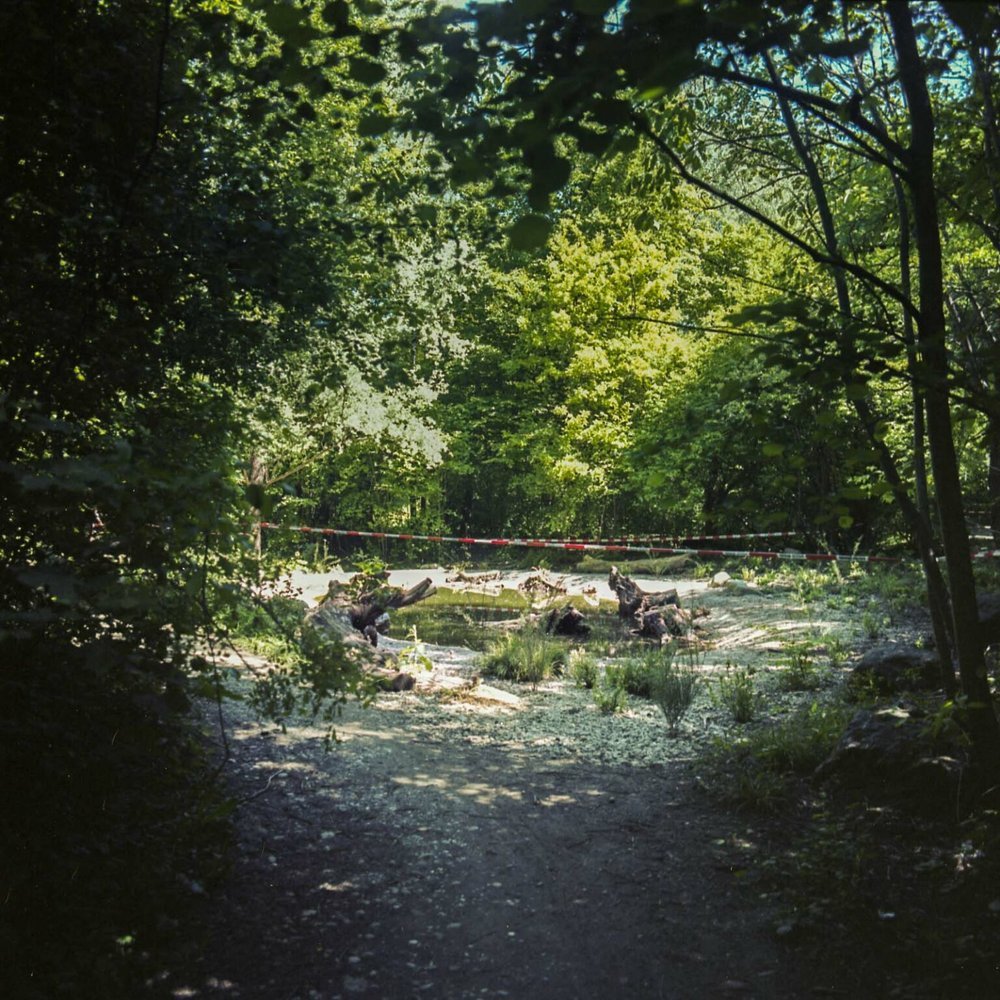MEMORY PRACTIcE
The Memory Practice project directs our attention to the banality of evil. Power becomes ingrained in a place’s history through a process of normalisation. The project critically reflects on this process by considering memorials and monuments. How can and should collective memory be represented? Do conventional techniques of remembrance lead to forgetfulness? Does the act of commemoration necessarily generate a disconnect from an historical event, distancing it from the present? The photographs are typological, warm, inviting and even discreet. Thus, they stand in contrast to the shocking and macabre images familiar from that period, and which are being used to this day to describe history in an untouched, one-dimensional narrative. Everyday life is underscored through the use of colour photography and the occasional inclusion of pedestrians, who sometimes may even look at the camera. History stands at the centre of the research, not as an abstract goal of its own, but as an instrument to understand contemporary reality.
In the ongoing Memory Practice project, I explore the idea of collective memory as emancipation from hegemonic urban history: whether at the sites of former Nazi forced labour camps or those of prisoner of war (POW) camps. The term “memory practice” designates a decolonial examination of historical sites and their transitions. It seeks to make demarcations and power relations in urban spaces tangible while simultaneously erasing them. Exposing the role these power relations play within urban value-creation processes is what reveals the entanglements and consolidations that result from various regimes of marginalising specific bodies and memories within those spaces. At the same time, it reflects the current situation, when historical places have been normalised and have proliferated, or perhaps not much thought has been given to the right way to “treat” the contemporary site.






